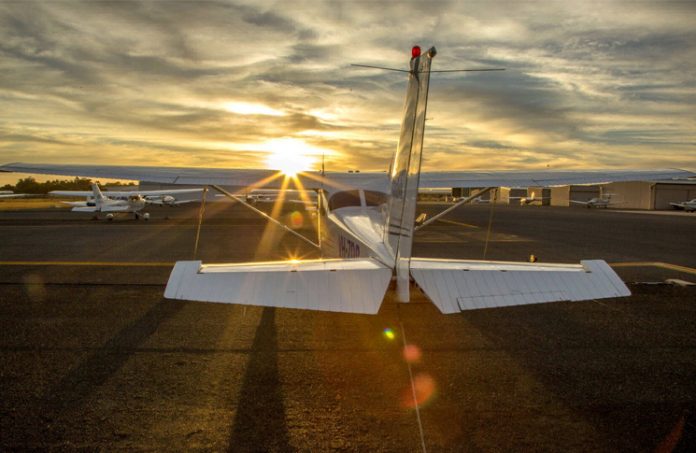They say you don’t know what you don’t know, but I should have known better!
I was really enjoying instructing now I had got the hang of it and was a fully-fledged Grade 2. And it doesn’t get much better than a beautiful, crisp, clear blue winter’s morning in Canberra—once you had scrapped the ice off the wings, that is!
First flight of the day was always a bit of a drag in winter because the pre-flight took some time when the aircraft had been parked out in the frost overnight. But my student and I had finally boarded, coaxed the cold engine to life and patiently waited for everything to rise into the green. However, I ran out of patience once we had waited at the holding point, near the end of runway 35, for nearly 20 minutes, only to be told by ATC there would be a further delay for an RPT arrival that had changed runways to 17. The student had already paid for half an hour without leaving the ground and my busy day, with back to back bookings, was being thrown into disarray with every passing minute.
Then in a blinding flash of brilliance I decided that given it was a cold morning, and everyone knows wings and engines work so much better in those conditions, the remaining metres of 17 from taxiway Mike (this was before the runway extension) would be enough to take-off on. So, I quickly asked for a change of runway, determined to get away before the inbound Dash 8. ATC responded with a questioning tone, ‘Confirm 17?’ and I assured them they had heard me correctly. We were, reluctantly I’m sure, cleared for take-off.
I was so sure of my eyeball calculations I didn’t even consider doing a short field take-off, but I did take control to demonstrate my prowess to my student. The little Cessna responded well to the application of power and began to accelerate down the runway. However, it wasn’t long before I realised that the end of the runway seemed to be looming rather more quickly than the speed was climbing to the required number! But even then, it didn’t cross my mind to quit while I was ahead and abort the take-off. Instead, I started willing the aircraft to speed up, while my eyes flicked between the ASI and the runway end.
I don’t remember the details of the last few seconds of that take-off, other than I’m pretty sure the wheels came mighty close to the grass at the end of the runway and that the perimeter fence seemed very close as we sailed over it. I do recall the look on my student’s face though when I handed over control to him and saw a very pale, wide-eyed person in the seat next to me. I also wouldn’t be surprised if the controller had had his hand on the crash alarm that morning!
It is very ironic that I’ve had a very poor opinion of some of my students because of their apparent lazy, half-hearted approach to preparation for flight. Sure, we teach people to calculate ball-park figures as a method of gross error checking, but the eyeball one is not the way to determine required take-off distances, in such an unforgiving, safety-critical environment. My student and I were very lucky that my ignorance and foolishness did not end in another accident investigation that day. Complacency, short-cuts and most of all impatience, have no place in aviation.



Great story. It’s too easy to be tempted when under pressure. Another variation on this theme is “Get-There-itis”. Thanks for sharing.
Remeber canberra. You get carried away thinking how long that runway is. I guess at some stage of our flying careers we go through faults like the one mentioned. Its how you get over it and how it makes you a better crewman. In aviation it builds character in an individual. just make sure you building within a way that it keeps you humble and not to forget instances like this.